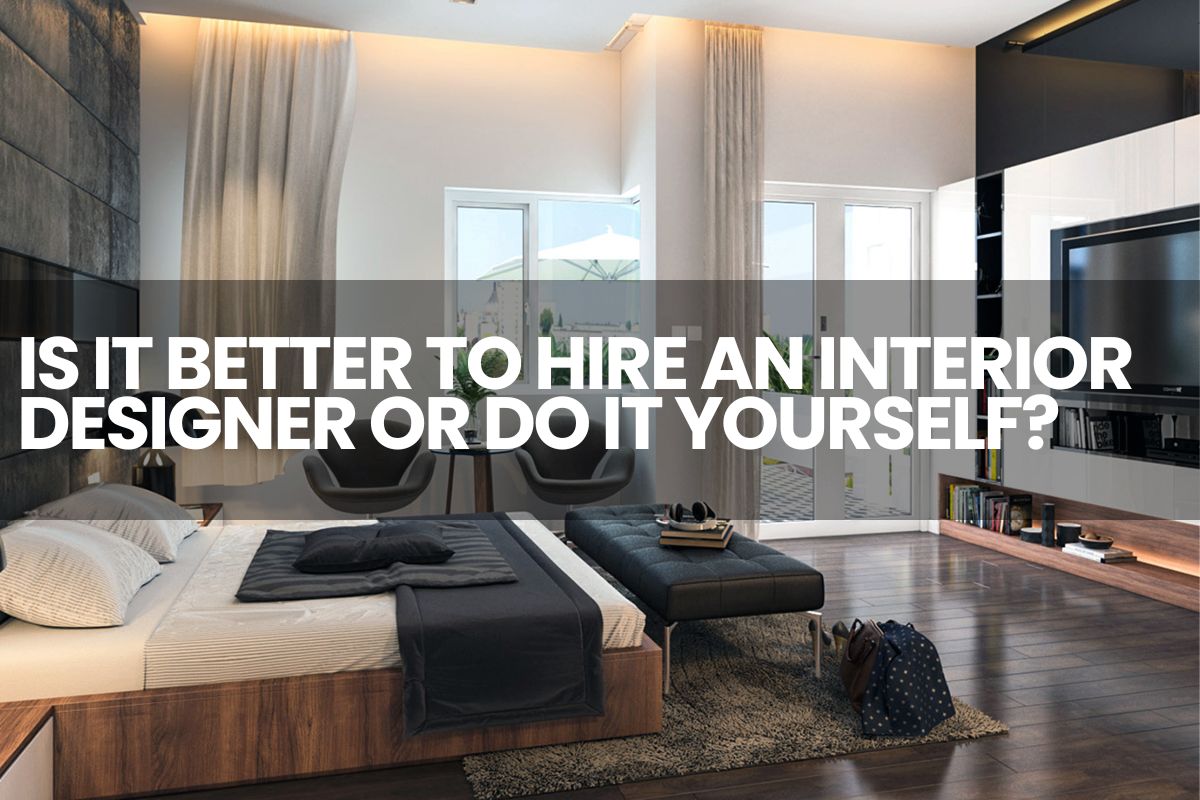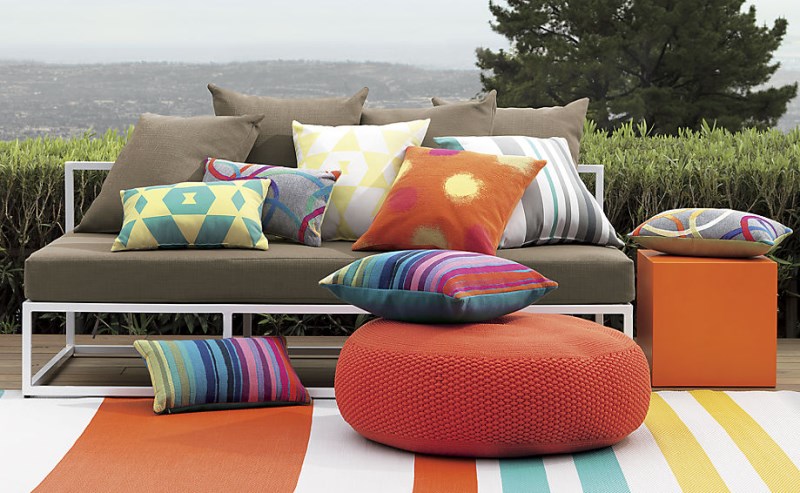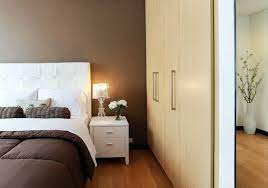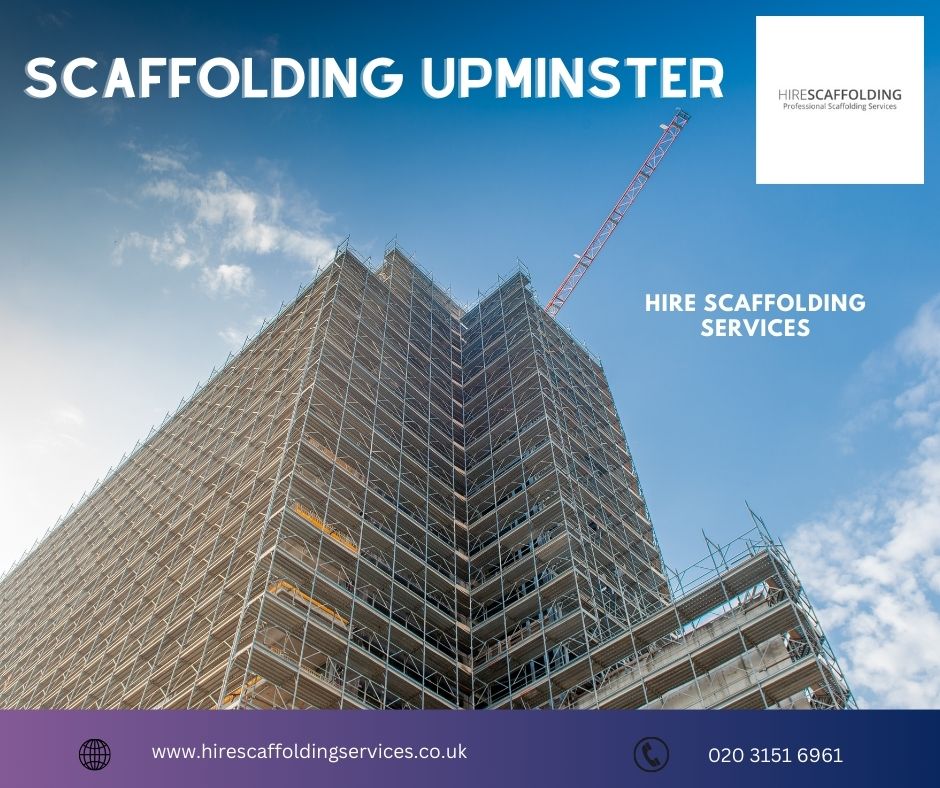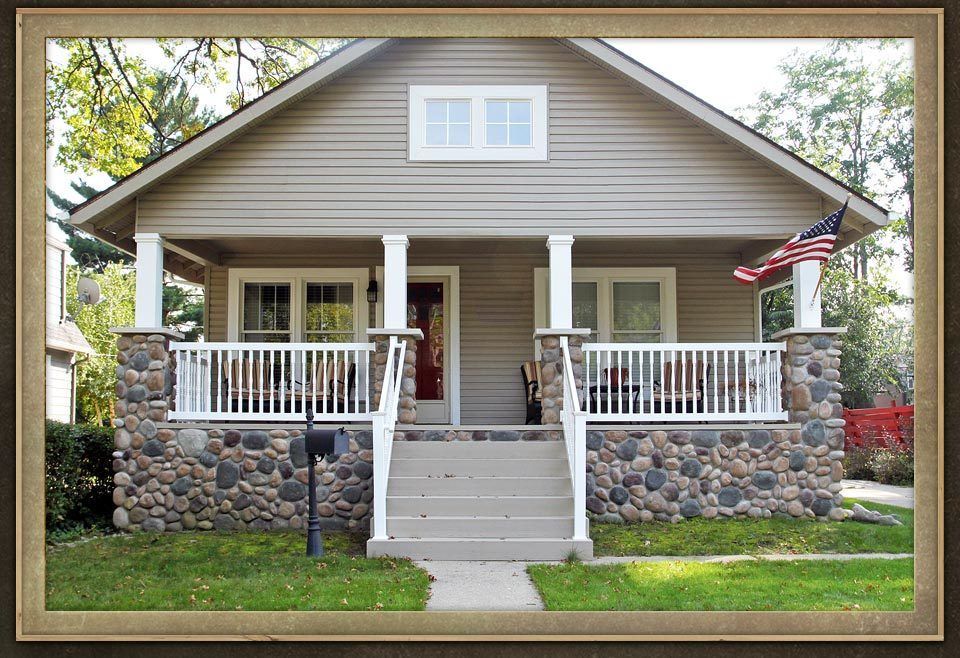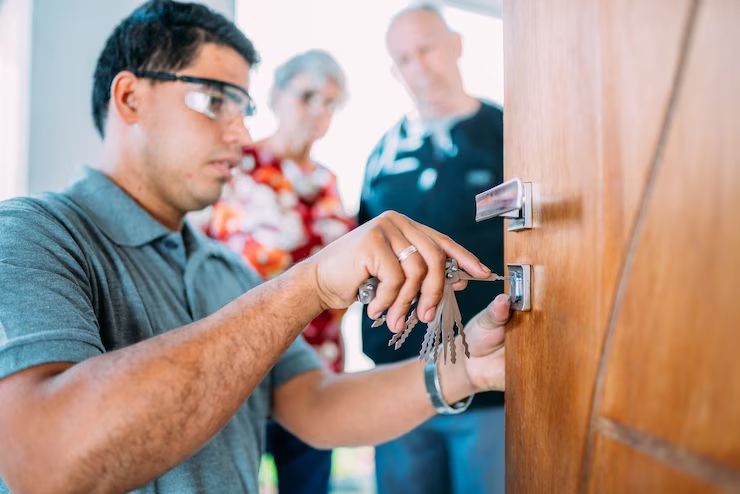If you have a good eye for design and are confident in your abilities, then going the DIY route may work for you. However, planning, distributing cash and conducting research takes time – which is where an interior designer may be beneficial.
Another benefit of working with a professional is that they usually have a list of reliable plumbers, electricians and joiners they use regularly. This can save you a lot of time and energy!
Time
It’s important to determine how much time you have to devote to your project and share that information with your interior designer. They will be able to plan their schedule accordingly and ensure that the deadlines you set are realistic. It’s also critical to communicate any aversions or preferences that you have about color, texture and other design elements so that the designer can avoid any potential miscommunications.
If you’re not ready to spend several months working with an interior designer, consider hiring one to do a room or two at a time. This will save both you and your design professional time, money and sanity.
It’s also worth remembering that different designers charge in different ways. Some charge an hourly rate, while others have flat fees for certain projects or materials. The more experienced a designer is, the more they’ll likely cost. However, that doesn’t necessarily equate to better results.
Another thing to keep in mind is that an interior designer often has access to trade discounts, which can save you money on furnishings and materials. They also know where to cut corners (skip that fancy toilet) and when it makes sense to splurge (that dream soaking tub). By taking advantage of these benefits, you may find that the cost of hiring an interior designer ends up paying for itself.
Money
The cost of hiring an interior designer can be expensive. Many designers charge by the hour, but some also offer a “cost-plus” system where they can use their full trade discount (which is usually less than retail) and then pass the savings on to their clients.
Other options include charging by the square foot or a flat per-project fee. In general, the larger a space is and the more work it requires, the more expensive it will be to design. Other factors may include the level of experience of the interior designer, the type of materials requested and whether or not any construction work will be needed.
Narrowing down a designer is a good way to control costs, as the more specific your requirements are, the easier it will be for a professional to come up with a solution that fits your taste and budget. Similarly, seeking out a reputable designer by word of mouth or through Google reviews can help you avoid costly mistakes and ensure that you’re getting the best value for your money.
One thing to keep in mind when it comes to hiring an interior designer is that changing a project’s scope midway can incur additional fees, which should be discussed up front. Keeping a project’s budget and timeline in mind will help prevent this.
Energy
In a world of instant gratification, same day Amazon deliveries, and HGTV home makeovers that are finished in 30 minutes, it’s easy to forget that quality design work, remodeling, and building takes time. While many designers are capable of expediting the process, it’s important to determine upfront how long you can realistically afford to allocate to your project.
When interviewing interior designers, ask them what their typical project timeline is. This can help you decide whether or not they are the right fit for your firm. Additionally, make sure that you and your designer share the same design aesthetics and style goals. It’s much more cost-effective to hire a designer who matches your vision than to spend a lot of money trying to convert them.
It’s also a good idea to ask friends and neighbors who have hired an interior designer what their costs were. Knowing what to expect can be a big help, especially if you are new to hiring an interior designer.
Choosing the right designer is important to ensure that your clients are happy and satisfied. Taking the time to find a designer with the right qualifications and experience can be well worth it in the end. You may have to make some sacrifices along the way, but you should always be focused on delivering a great client experience.
Sustainability
Sustainability is a concept based on three main pillars: environmental, social and economic, or, more informally, profits, planet and people. In business, it refers to efforts made by companies to reduce negative environmental impact and enhance social and economic development in their markets.
In interior design, it can be applied to efforts to improve the health of ecological systems and to promote a positive impact on society. This is a goal that can be achieved by using sustainable materials, by reducing waste and by supporting local communities, for example.
A sustainable approach is important because it protects natural resources and aims to balance the needs of people with the needs of nature. For instance, many companies have been trying to increase their sustainability by reducing their carbon footprints or by eliminating non-decomposable packaging. Other examples include encouraging the use of renewable energy and promoting dietary shifts towards plant-based foods.
A good interior designer will be aware of sustainability issues when planning your space and make recommendations accordingly. They may also help you to find greener products and use recycled or reused materials where possible. In addition, they will have connections with manufacturers and vendors and can usually get discounted rates on materials which they pass on to their clients – so you might end up saving money in the long run!

